“There are four sticks in the parade ring with numbers on them, one, two, three and four. After the race, if you have finished in the first four, you go back in and you unsaddle beside one of them. Of course, you’re aiming for the number one spot, but I’m disappointed after any race if I’m not unsaddling beside one of those sticks.”
– Paddy Twomey, The Sunday Times, October 21st, 2021
IT’S a rare occasion when Paddy Twomey is disappointed after a race. That is a matter of fact when, for instance, you base the above quote against his statistics this season. He’s had 80 runs this year in Ireland and on 59 occasions he’s stood next to one of the four sticks. On 27 occasions, he’s been beside the number one stick. That’s a 34% strike rate. That’s Paddy Twomey for you. There’s a smooth satisfaction when you view his profile. Everything looks uniquely healthy. Win rate, place rate, prize money, even the profit/loss column. Most significantly, you can clearly see the progress year on year.
Seven winners in 2018, 11 in 2019, 16 in 2020, 19 in 2021, already 27 this season - 28 when you include his first British winner Treasure Trove last week. The curve is arching steeper and it hasn’t gone unnoticed, with a flurry of international owners coming in to support him. That has resulted in a rise in quality that Twomey craves and he’s delivered in spades. A first win at listed level came in 2019. A Group 2 and Group 3 came in 2021. The elusive Group 1 came this year courtesy of La Petite Coco in the Pretty Polly Stakes.
The progress has been relentless and all the more remarkable when training was not something he’d fully intended on doing. He was everything bar a jockey before he was a trainer, incredibly breeding a Group 1 winner as a 13-year-old, buying back a mare his father initially sold with his communion money.
He went on to establish himself as a pinhooker and as an owner, having horses in training with Joanna Morgan. When Morgan called time on her career, Twomey began to train for himself on his own permit, but was soon told by the Irish Horseracing Regulatory Board that he needed to get his full licence.
It was a form of madness he thought, trying to source horses on a minuscule budget to take on Aidan O’Brien with, but he made his own luck, producing noteworthy results with comparatively little, and that attracted the attention of big owner-breeder contacts he had made in his previous vocation.
He still trades plenty but he has made an impact at the highest levels as a trainer now. After another successful few days which were highlighted by Group 1 placings for La Petite Coco and Rosscarbery, he took time out of a busy schedule to reflect on his latest groundbreaking season.
************
Ronan Groome (RG): Let’s start with last week, you had runners in high-profile races at York and Deauville, how are you reflecting on those performances now?
Paddy Twomey (PT): Very happy, they all ran well. They all ran career-best performances on RPRs (Racing Post ratings), you have to be happy.
RG: Talk to me about your season as a whole, another big year.
PT: The aim starting out each year is to do better than we did the year before, to try and train more winners than we did the year before. So far this year, things have gone well.
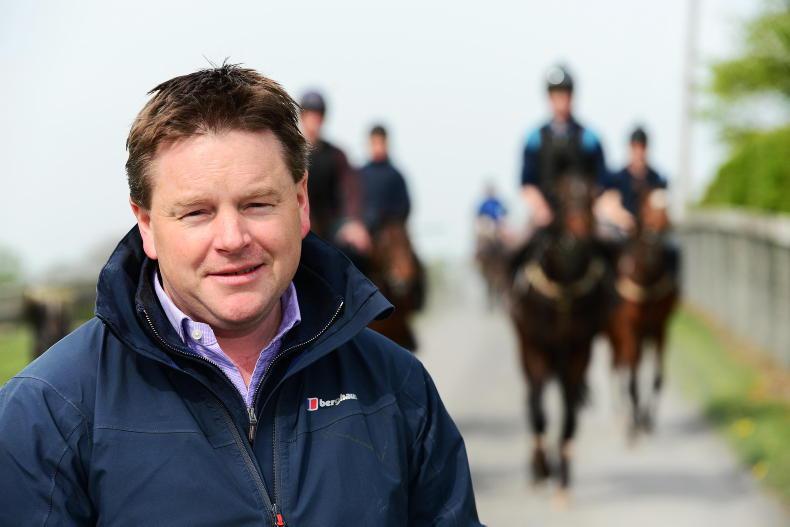
RG: Whenever anyone writes or talks about you, your strike rate is always mentioned. Is that something you take pride in or do you pay much attention to it?
PT: I try to run horses when I think they’re ready to run. I try to run them in the races that suit them and luckily we’ve had some nice horses in the last few years and they’ve won where we’d hoped they’d win and they progressed. I don’t sit there looking at the paper to see what the strike rate is. I just like to have the horses in good form and running well.
RG: I was reading a piece you did in the Racing Post last year and I thought this quote was interesting. You said: “I don’t want bad horses taking up space. A bad horse is blocking a nice horse coming through the gate because, the minute you have a line of boxes full, you’re like a lad after having his dinner. You’re not hungry. It’s all about quality over quantity.”
PT: What I meant by that was I don’t want a bad horse taking up space, both mentally and physically in the yard if I don’t think a horse suits my system or me. I don’t want to waste an owner’s time if I don’t think I can win with their horse, so we try and move on and source a different horse. I have to keep everything improving.
Training is like managing a soccer team, you have to keep going to the transfer market to get new members into your squad. I’ve always been keen on that, adding new horses to enable us to keep moving forward.
If you take an Irish maiden, I think the average winner is rated 84, so you’re looking for a horse who is going to be in the top 20% of the population - that’s what we’re striving for.
RG: Did you initially find it difficult to tell an owner their horse basically wasn’t good enough?
PT: No because the biggest owner was myself from the start and I didn’t need to talk to myself about it. I applied the same principle to everyone else who came in through the gates. I was an owner before I was a trainer. It’s a costly business having horses in training so I’ve a selective approach to how we do it.
RG: You’ve improved a lot of horses significantly. Sonaiyla a couple of years ago was a good example and obviously Earl Of Tyrone and Rosscarbery have come right through the ranks since joining you this year. It’s a surefire sign of a good trainer surely - you must take confidence from that?
PT: We’ve been very lucky in that a big portion of the horses that we’ve trained have been secondhand, or trained somewhere else before. Then we’ve been very lucky that some of the horses that have come to us have thrived and just seem to fit in and enjoy the routine and they progress accordingly.
RG: Do you source most of them yourself?
PT: Pretty much. I’m a horse trader before a horse trainer. I have always been buying and selling and breeding.
RG: A lot of your owners are breeders, and have fillies with you. Would you recommend the model you have, buying fillies and trying to add value to them?
PT: When I started training, I had to figure out what was the best way for me to succeed. We bought a few yearlings and we decided to buy a few fillies at the sales because we understood breeding. Initially when I started buying the fillies in training that had a little bit of form, there was a safety to it in my own mind, because when we were buying them with form, I was giving probably 25% more than the breeder would give for the same filly to cover her the following February so the worst case scenario was you might have been looking at a 25% reduction in value. It provides a way of training without becoming over exposed.
It’s something that has grown. In 2009 I raced San Sicharia with Joanna Morgan and she won the Chartwell Stakes at Lingfield and she was second in the Ballyogan. She had some form in the book, I gave her to Joanna who did a great job with her and we ended up selling her at the end of her four-year-old year, and that same model has continued on.
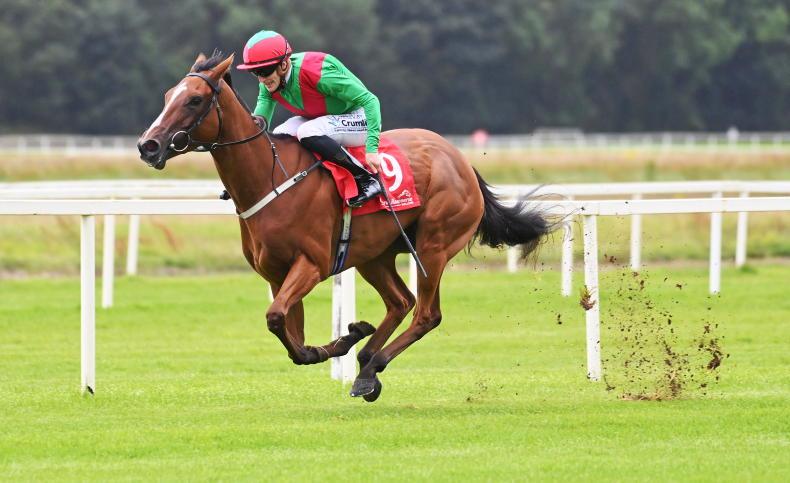
La Petite Coco has been one of many star fillies trained by Twomey \ Healy Racing
RG: That’s the business side of it, do you enjoy the sporting side of it?
PT: I do. I enjoy training, I enjoy racing, I enjoy competition. I love going to the races and I love competing. I get a kick out of running horses in races and winning if we can or running very well. I like pitching up on the big days and try to do as good as we can.
RG: You always seem quite cool and decorous in interviews after big wins. You don’t go too high when you win and presumably not too low when you lose?
PT: I kind of had to learn that very quick because when I started training, I used to take losing very hard, I used to get very disappointed. I still find losing difficult, but you have to learn as a trainer to appreciate the good days and not get too down on the bad days. The only thing I would say with regard to losing is that you learn a lot as you’re inclined to analyse what’s happened and ask why did it happen and it might unlock a few things you didn’t realise before you got beaten.
RG: You’ll be busy at the yearling sales upcoming?
PT: For sure we’ll be trying to buy yearlings all autumn. I didn’t go to Arqana last week, it looked to be a very good sale. I probably won’t go to Doncaster but I’d say from the end of this month, we should be attending all major yearling sales in England, Ireland and France.
RG: What do you look for when buying a horse? I heard you say before that attitude and demeanour are key factors?
PT: Ah yeah, horses are like people, they come in all shapes and sizes and run over all sorts of distances. I love a horse with a good temperament and a good solid nature and disposition, and what I think looks like an athlete. I’m not all that fussy with how correct or incorrect they are, if they’ve a good temperament and attitude and look like horses, I’m happy to roll the dice because we’re always looking to buy one that most people don’t want - our budget is tighter. What is it that Mark Johnston said, ‘we’re looking for the mini with the Ferrari engine rather than the other way around.’

RG: Do the same criteria apply to buying horses in training?
PT: With horses in training it’s a bit different. Obviously the physical has to match up, they have to have a nice temperament and I have to be very happy with them but the form is in the book and once that form is in the book, it’s a matter of analysing that and analysing their run style to see if there is anything about them that you particularly like. Again, you want to see that they’re mentally stable and sound, have a good attitude, seem to like life, they’re not tired of training and they might enjoy more of it.
RG: Would you be into sectional times or stride analysis, using anything like that to pick out horses?
PT: No, I’m the least technological person you’ll ever meet. No stopwatch, no notebook, I just watch it with my eye, and if the horse does something that I like, we’ll follow it up. It’s the same here for the training, I don’t use any heart monitors or any technology like that really. That would just confuse me. I just watch what’s in front of me and make decisions based on that.
RG: Talk to me about your training day to day. You’ve a woodchip gallop but interestingly, a grass gallop as well – is that a big advantage?
PT: To be honest we don’t overuse the grass gallop, especially this year it’s been dry. The training is simple, they do their two canters every day. It’s a very straightforward routine, the same day in day out, we try and keep the whole thing routine-based, and keep the horses happy and healthy and enjoying what they’re doing.
RG: You’re close to a lot of big trainers where you are in Golden, Tipperary. Is it difficult to find staff?
PT: We’ve great staff, great riders and great yard workers, I’m very lucky. Everyone here takes great interest in what’s happening and what’s going on. The attention to detail and standard of rider in the yard, they’re really good.

Paddy Twomey and Billy Lee have built up a formidable partnership \ carolinenorris.ie
RG: Billy Lee has been with you a long time.
PT: Billy rode my first winner in 2012 and he’s been with me all the way through. When I had bumper horses, he used to ride them work. When David Wachman retired from training, I rang him and asked him would you come in a day a week because I was starting training my own horses and he said he would and it came on from there. I didn’t have many horses at the time but he was very patient with me and he’s a world-class rider. In the saddle he’s very cool, very talented. He’s in a title championship battle there now and it would be great if he could be champion jockey.
RG: So, going forward, is there a particular ambition you have? Do you hope to train more horses again?
PT: The number really isn’t important I don’t think. It’s about the quality. I started with one horse, I train 50 now. We’ll see what happens. If they have the ability, I’d like to train them. The big thing for me is that they keep progressing. If you go through every horse I train, a lot of them continually run better than their last run, sometimes it doesn’t happen, but it’s something that I’m keen on, that they improve with every single run. The idea would be to train more winners than the year before and try and win more group races. We want to stay competitive on the big days.
WE were very happy with La Petite Coco last week. She has entries on Arc weekend in Paris but I think she’s more likely to go for the British Champions Fillies & Mares at Ascot. Rosscarbery has run seven times this year, won five, and been third and second in two Group 1s. She is very versatile trip and ground wise so she has loads of options including the Blandford, Ascot and Longchamp.
Pearls Galore could run in the Matron and she could go back to the Prix de la Foret, she was second in both of those races last season. She could go to America as well. She is twice Group 1 placed so the aim has always been to win a Group 1 before the end of the season, after which she’ll probably go off to stud.
French Claim is entered in the St Leger. He’s in great form and ready to run. I’ve been waiting for softer ground for him. There is also the option of going for a one-mile-seven-furlong Group 2 on Arc weekend as we’ve got the French premiums. I think the Irish Cesarewitch might be a race that could really suit him as well - two miles at the Curragh, and he’d get a generous three-year-old allowance.
Earl Of Tyrone put up another career best in the Ebor where he probably could have done with a stronger pace given how well he travels. He now has a berth in the Melbourne Cup so we will have to explore that as an option. More immediately, he is likely to run in the Group 3 Paddy Power Stakes on Irish Champions Weekend. Easy is a filly that joined us lately after winning a maiden at Cork for Andy Slattery. She is pencilled in for the Cheveley Park Stakes. Impact Warrior will go to the Ingabelle Stakes on Irish Champions Weekend and we’re looking forward her there because she is bred by Ballylinch Stud who sponsor the race.


 This is a subscriber-only article
This is a subscriber-only article
 It looks like you're browsing in private mode
It looks like you're browsing in private mode
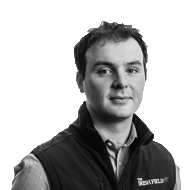







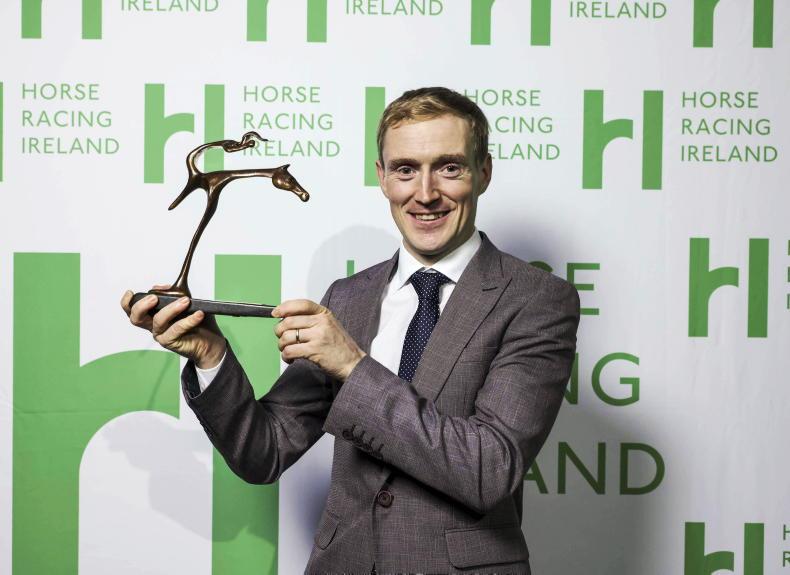
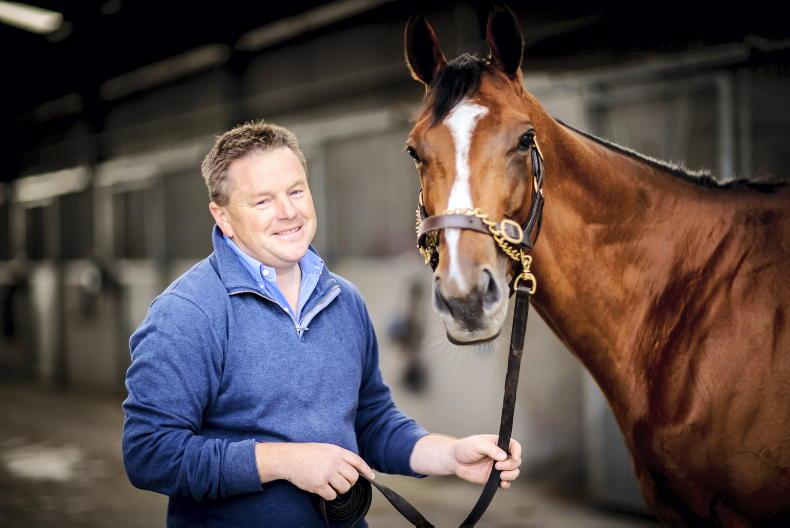



SHARING OPTIONS: